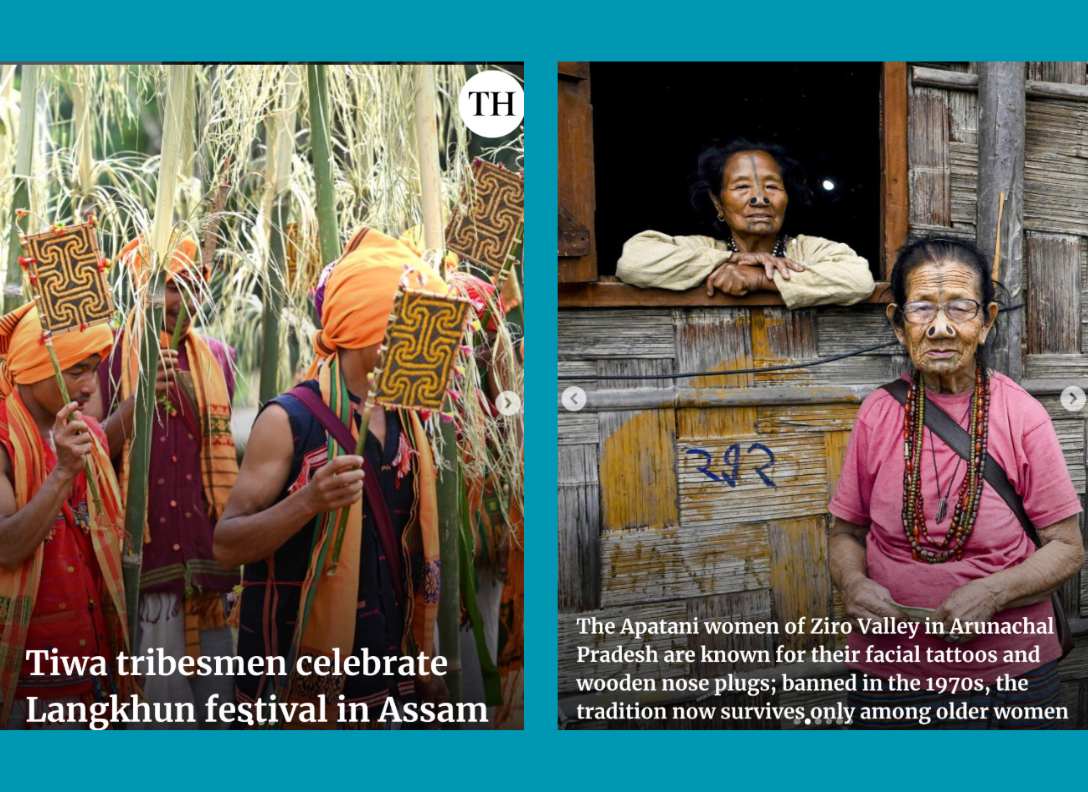It begins with the rustle of crisp paper, sometimes with the light glow of a screen before dawn readers opening a page or logging in, seeking clarity in a confused world. For many, The Hindu isn’t just a newspaper. It’s a companion during long commutes, late-night study sessions, and quiet Sunday mornings.
Founded in 1878, what started as a weekly voice has become a daily presence across India across households, minds, and conversations. But its journey isn’t simply about news. It’s about values, critique, trust, and connecting with readers who want more than headlines.
From Weekly Roots to Daily Reach
When The Hindu first appeared, it was a weekly publication, born of curiosity and purpose. It soon became a daily because its founders believed the conversation couldn’t wait. Over the centuries, it has grown from one printing press to editions in many cities, from simple reports to deep analysis. The content has expanded—local stories, global affairs, cultural pieces yet the ambition remains to inform with nuance.
Not All News is Equal
There are moments when journalism is easy. Reporting something obvious. But there are other moments—when facts are tangled, when opinions demand context—where the work is harder. The Hindu has often chosen the harder path: thorough reporting, editorials that question, critiques that provoke.
Readership numbers reflect more than circulation. The Hindu sells about 1.4 million copies daily and has millions more reading online. But what seems even more important to many fans is that it doesn’t rush outrage, it doesn’t chase clicks empty of insight.
More Than Just What Happened
A report without background is like half a story. The Hindu often gives you what happened and how it connects: legal frameworks, historical currents, personal impact. That means readers leave not just informed, but better equipped to think. For instance: laws or reforms covered aren’t simply “this changed.” They dig into who it touches, what precedents exist, how people respond. These layers make a difference for those who want news, not just alerts.
When Paper Meets Screen
The late night print editions, the early morning epaper, the live updates online—The Hindu has navigated all these shifts. While print readership remains strong, growth in audience engagement often comes from digital platforms. Vintage routine meets new habits. Comments, reader letters, social media discussions—reader voice is part of the modern Hindu narrative. The newspaper has embraced feedback, criticism, and diversity of opinion, even when it’s uncomfortable.
Walking the Tightrope
Editorial pages are not neutral ground. They are places of belief, critique, argument. The challenge is to hold opinions without undermining credibility in reporting. The Hindu has, over time, built that balance reporting facts clearly, and when it gives opinion, marking it as such. Bias is discussed openly critics, fans, and academics all weigh in. For many readers, this transparency is part of the trust. Knowing where reporting ends and viewpoint begins matters.
Beyond News, Into Identity
In a fast-food news age, people craved (and still crave) substance. The Hindu gives stories that linger: profiles of ordinary people, investigations that ripple outward, culture pieces that remind us who we are and where we come from. It matters because identity in India is complex: language, region, caste, belief, generation—they all clash and collaborate. A news source that acknowledges this complexity, rather than simplifying for speed, becomes relevant beyond its pages.
Key Takeaways for Readers & Writers
- Permission to pause: Not every story needs to be fast, but many deserve depth.
- History matters: The answered question often lies in context, legacy, trace.
- Voices multiply: Reader feedback and critique sharpen journalism.
- Digital doesn’t replace print; it extends reach while changing habits.
- Credibility is earned day by day: trust can’t be claimed—it’s seen in consistency.
More Than Reading: A Tool for Learning
For decades, The Hindu has been more than just a newspaper; it has been a classroom. Students preparing for competitive exams like UPSC, SSC, and state services rely on its editorials and opinion pages for structured analysis and balanced arguments. Unlike quick online news, it encourages critical thinking and deeper understanding.
Why Students Trust The Hindu
- Editorials explain complex issues in simple, exam-ready language.
- In-depth coverage builds context for long-term memory.
- Archives and opinion pieces help in essay writing and debates.
The Everyday Value of Reading The Hindu
The Hindu isn’t just about staying updated with news. it’s about building perspective. In a world flooded with noise and half-truths, it offers clarity, context, and credibility that readers can carry into their studies, work, and daily decisions.
1. Reliable and Trusted Information
In a world where misinformation spreads fast, The Hindu stands out for its fact-checked and balanced reporting. Readers know they can rely on it for credibility without sensationalism.
2. In-Depth Analysis Beyond Headlines
Unlike many outlets that focus on breaking news alone, The Hindu provides context, background, and multiple perspectives—helping readers form a well-rounded understanding of issues.
3. A Valuable Resource for Students and Professionals
From UPSC aspirants to corporate leaders, its editorials and opinion pieces build analytical thinking, essay skills, and awareness of national and global affairs. It serves as both a daily news source and a study companion.
4. Blend of Tradition and Modern Access
With its print edition, epaper, and digital updates, The Hindu bridges old and new habits. Readers can enjoy the physical feel of the newspaper or stay updated online—without losing depth or quality
More Than a Newspaper
The Hindu lives in that quiet moment when someone puts aside their phone, lifts a newspaper, and decides to understand before reacting. It lives in turning points—when revelations affect policy, when opinions spark conversation, when culture is preserved amid change. Because news isn’t just what happens today it’s how today connects to yesterday, shapes tomorrow, and reflects us. The Hindu is part of that mirror. And what we see there tells us much about where we come from, where we’re headed, and what kind of stories we choose to carry forward.




